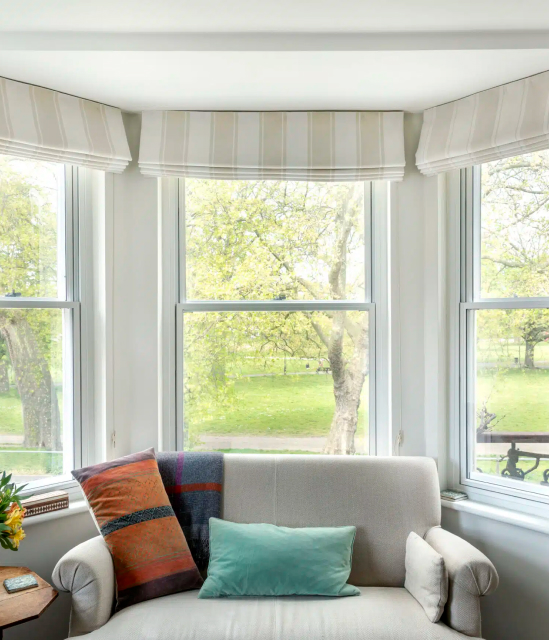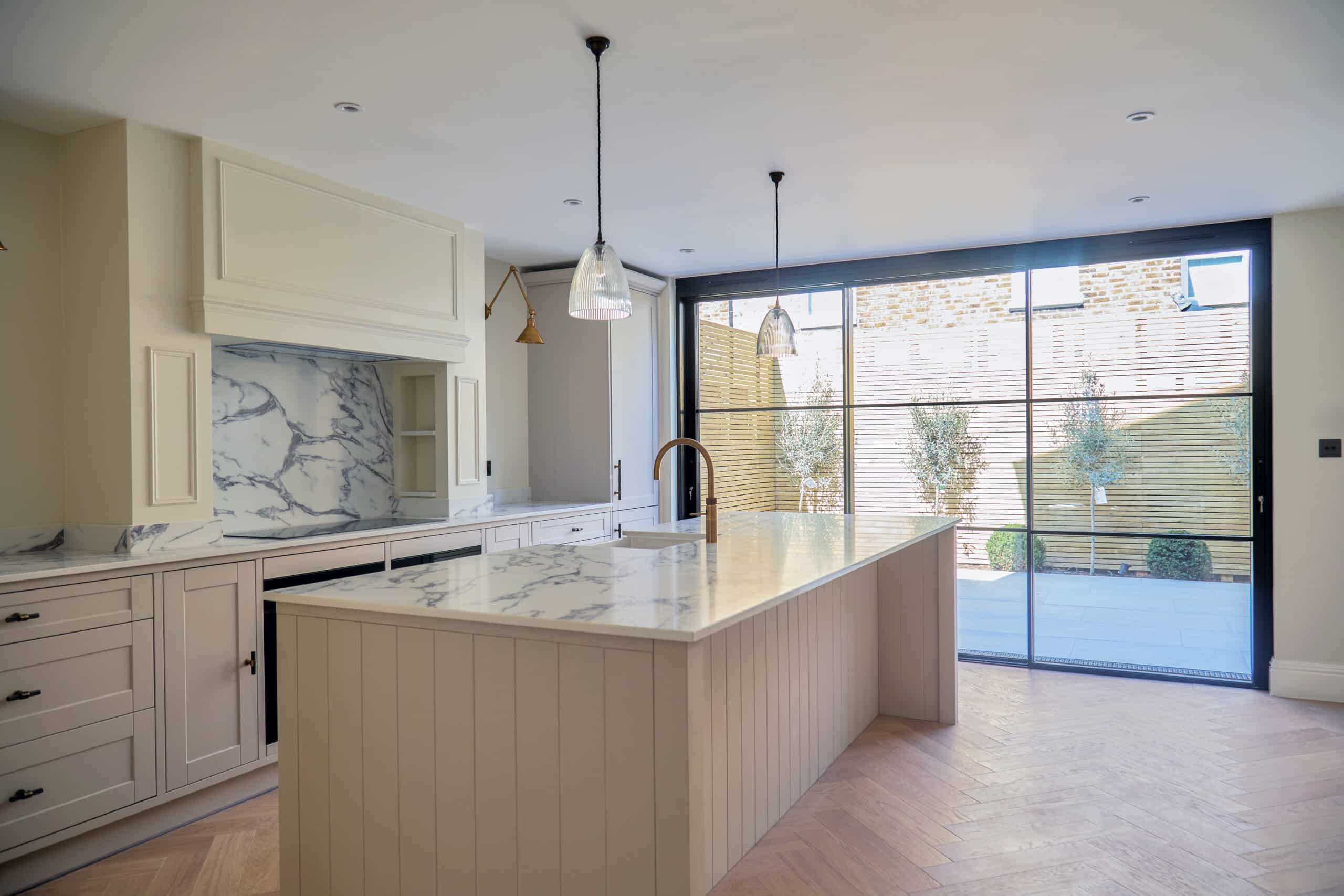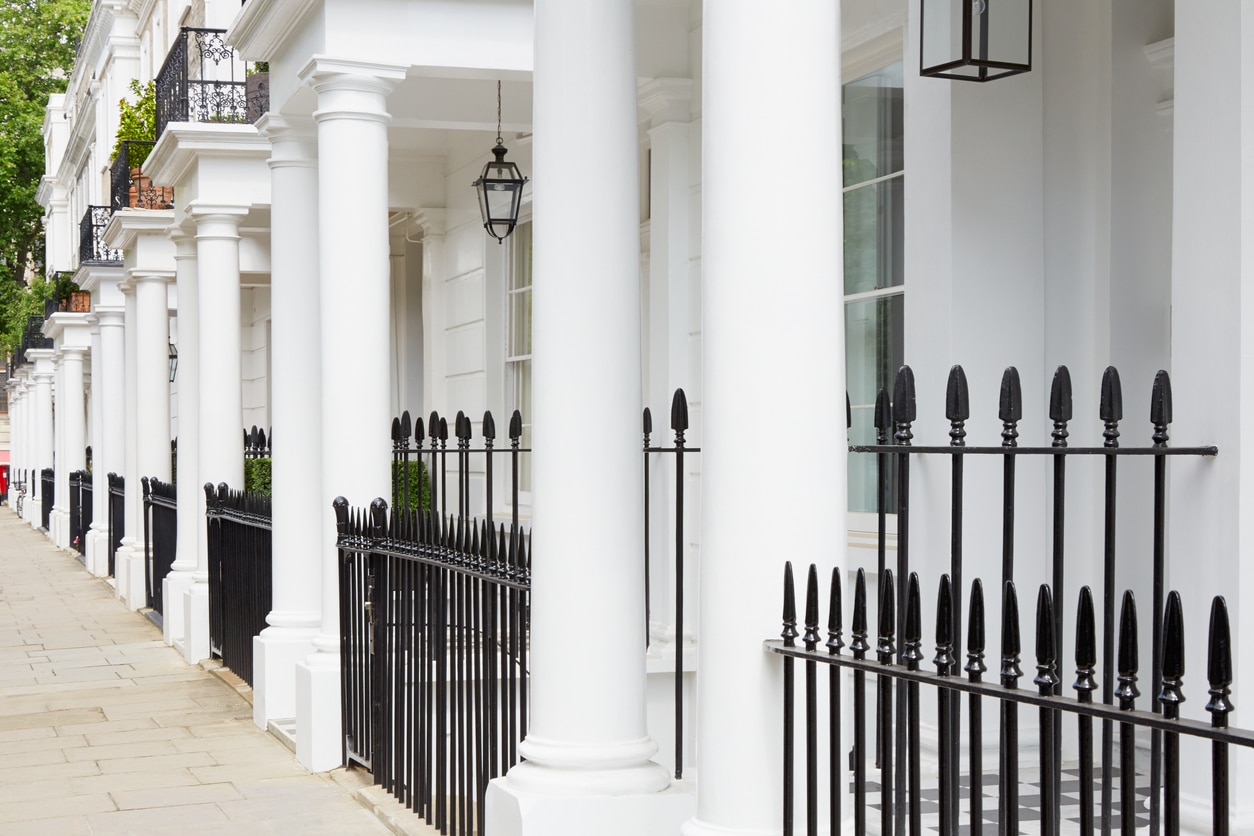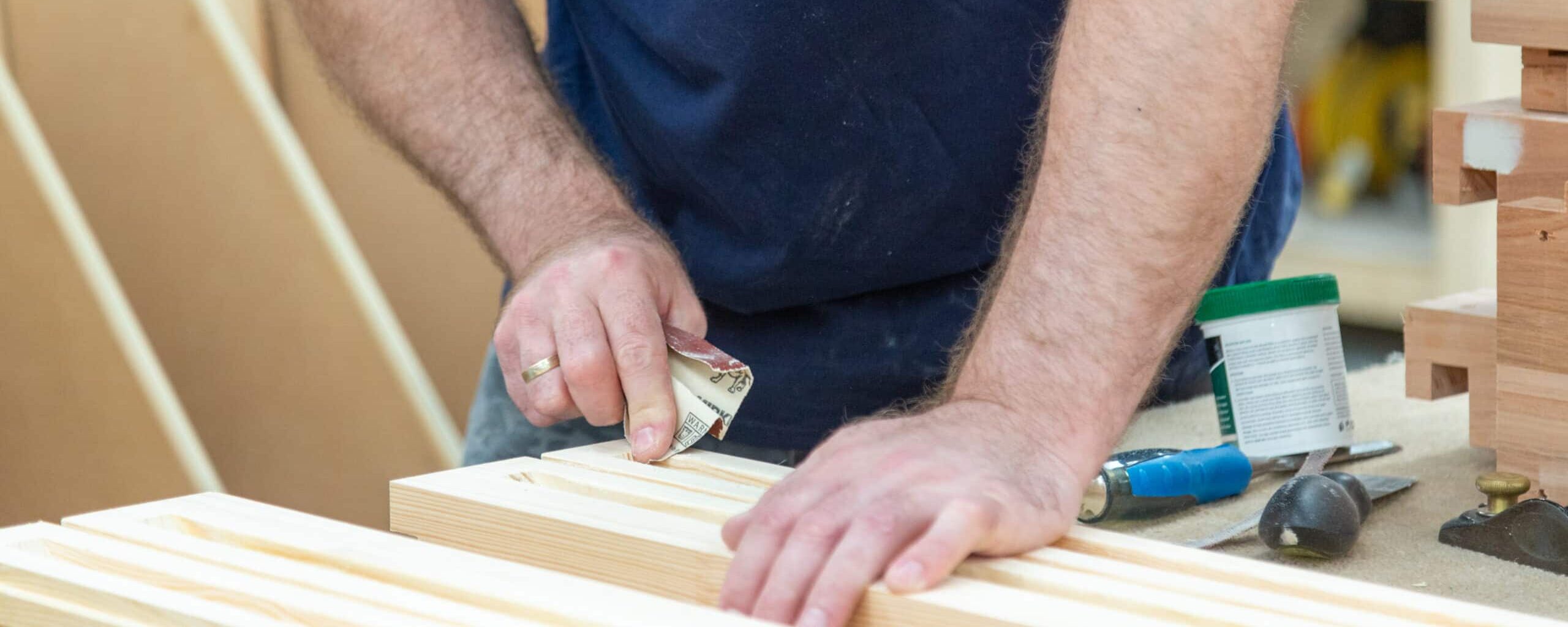We’re already three months into 2025, and the world of windows and doors in London is seeing some exciting shifts. Homeowners are balancing heritage charm with modern efficiency, and sustainability continues to be a driving force in design choices.
The 6 Window and Door Trends We’ve Identified
1. Ultra-Slim Sightlines for More Light
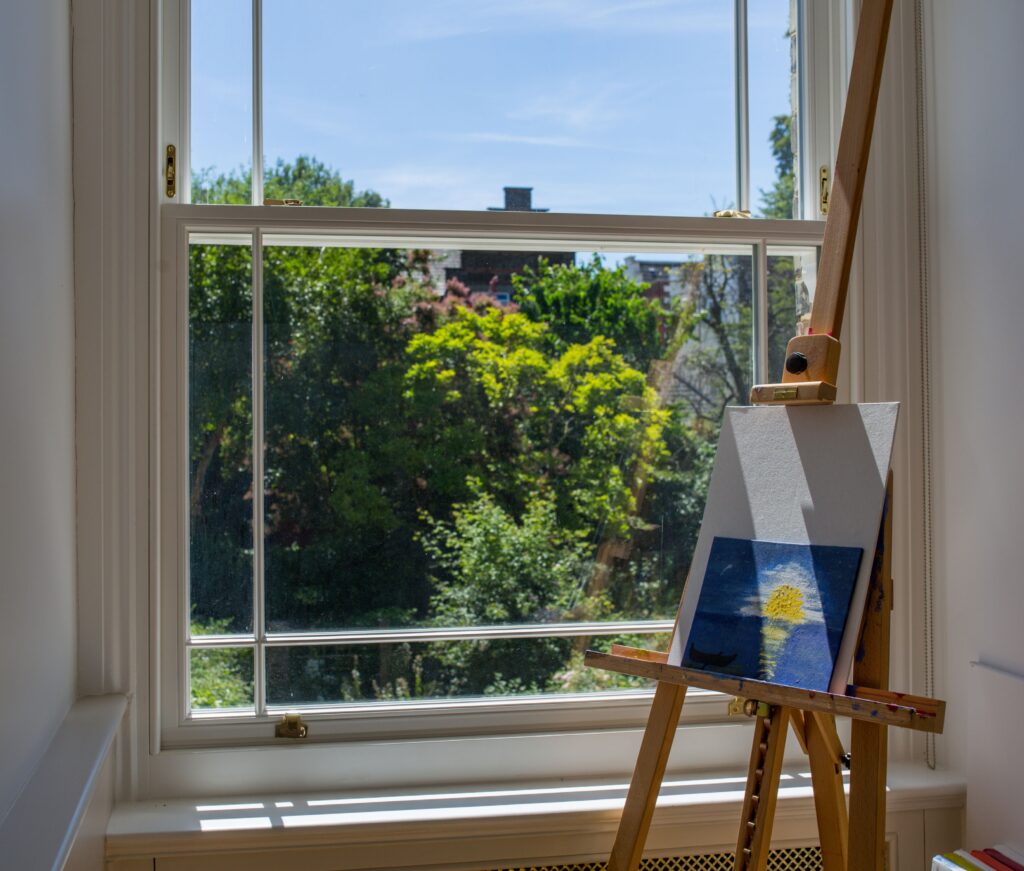
More homeowners are opting for slimmer window frames to maximise natural light. Whether it’s for traditional timber sash windows or modern aluminium French doors, the goal is the same: a cleaner, more refined look with minimal obstruction. This is particularly popular in Victorian and Edwardian homes, where homeowners seek to enhance original features while introducing more daylight.
2. A Boom in Traditional Timber Sash Windows
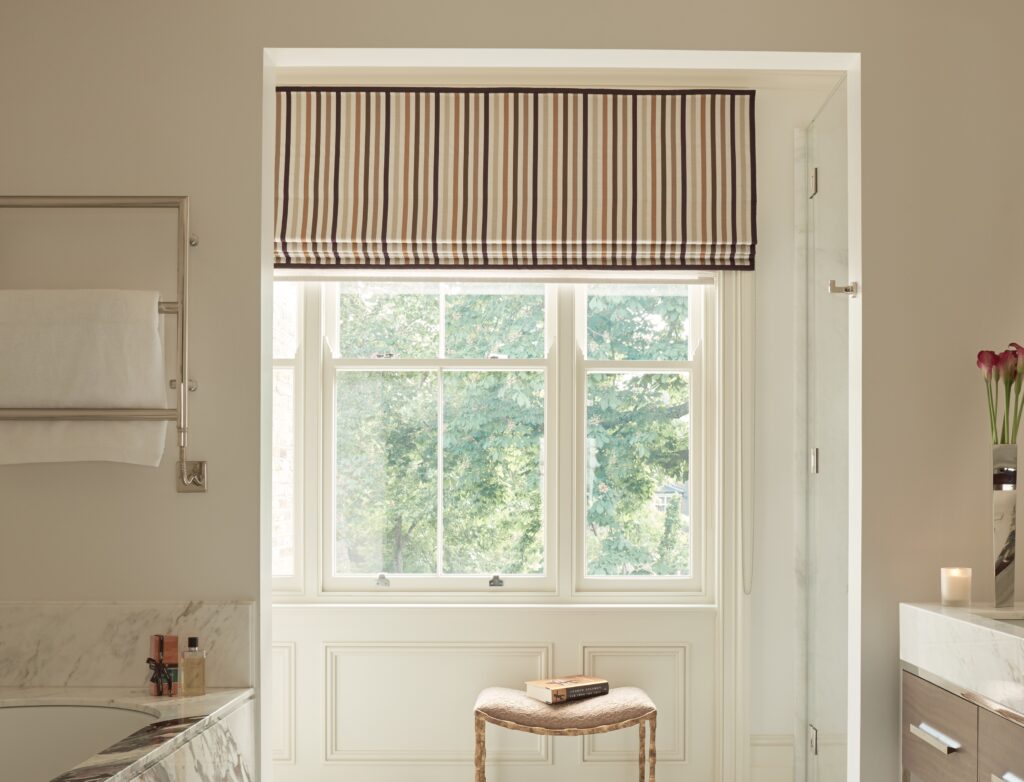
London’s love for period homes isn’t slowing down, and neither is the demand for authentic timber sash windows.
This year, we’re seeing an increase in:
✔ Slim glazing bars for a classic Victorian and Georgian look
✔ Ovolo or lamb’s tongue for an authentic single-glazed aesthetic
✔ Curved midrails for a touch of elegance in bay windows
However, while maintaining a traditional appearance, modern double glazing ensures improved insulation and security.
3. Sustainability at the Forefront

Eco-conscious homeowners are increasingly prioritising FSC-certified timber sash windows and low-carbon glazing options. By opting for these sustainable choices, homeowners can improve insulation and energy efficiency while preserving the original character of their home. This approach is especially valued in conservation areas, where maintaining the external appearance of properties is crucial, yet there remains a desire for improved energy performance and noise reduction.
4. Darker, More Dramatic Colours
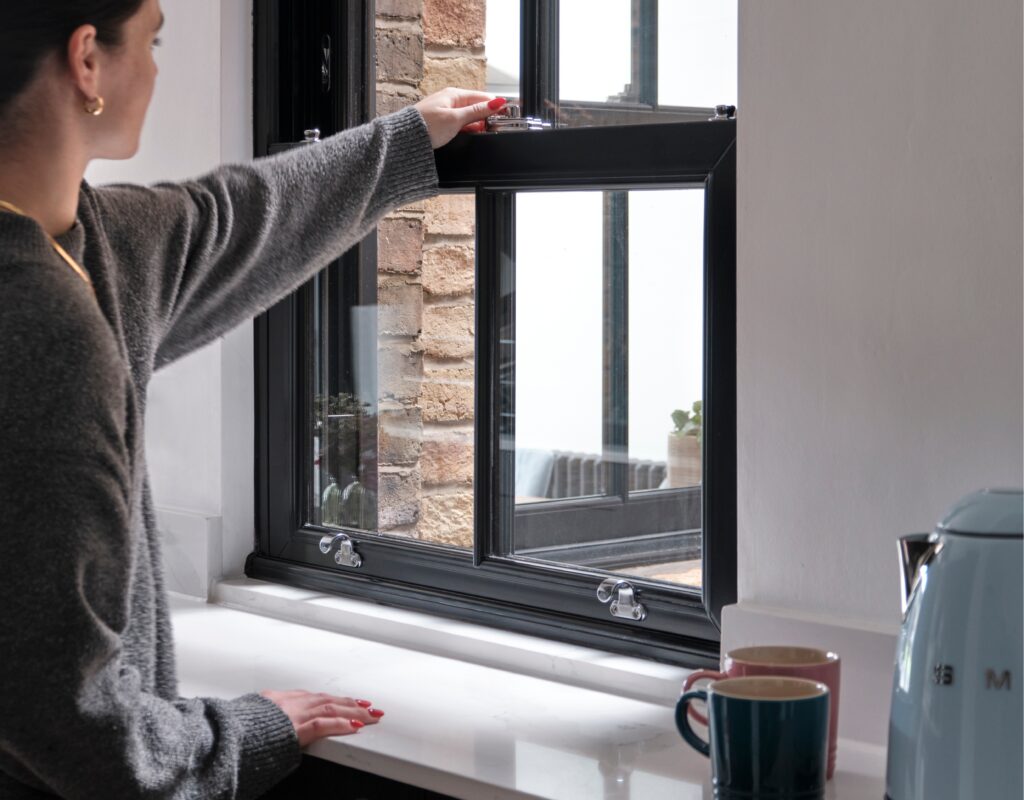
While classic white and heritage cream will always be timeless, bolder colour choices are becoming more popular in 2025.
Trending shades include:
✔ Deep navy & heritage green – a rich, sophisticated alternative to black
✔ Charcoal grey – a sleek, contemporary look for period homes
✔ Soft greys & muted taupes – a modern take on traditional tones
These colours work beautifully for both windows and doors, helping to add contrast or blend seamlessly with London’s brick facades.
5. Industrial-Style & Steel-Inspired Doors
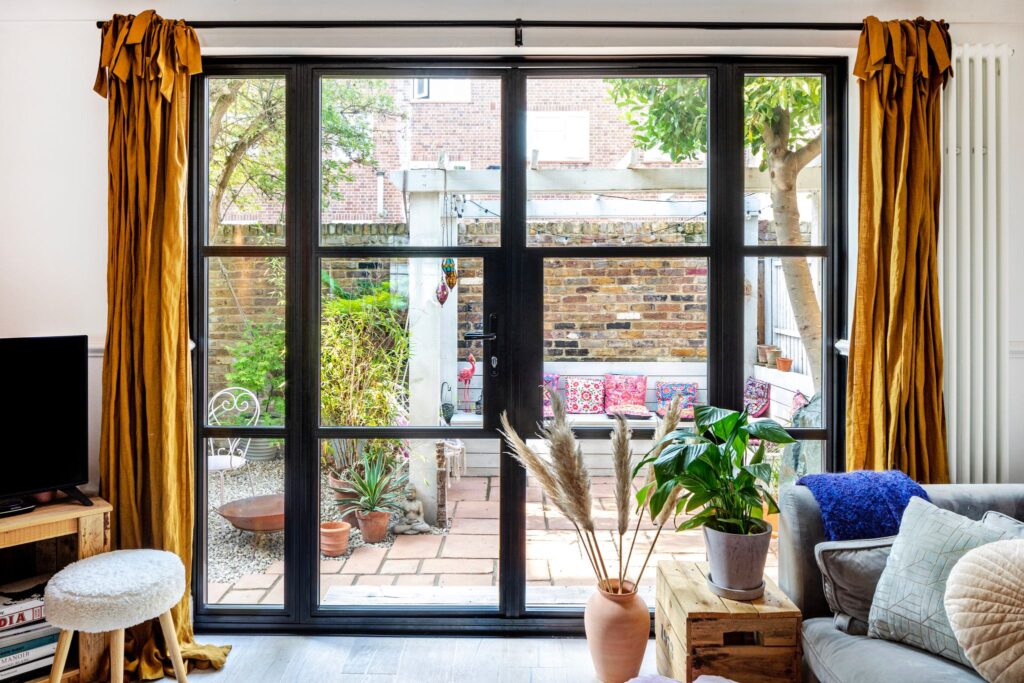
The Crittall-style trend remains strong, but many homeowners are opting for aluminium alternatives to achieve the same industrial look with better insulation.
For rear extensions and garden doors, we’re seeing a surge in demand for heritage-style French doors with slim glazing bars, perfect for a balance between period charm and modern function.
6. Enhanced Security Features
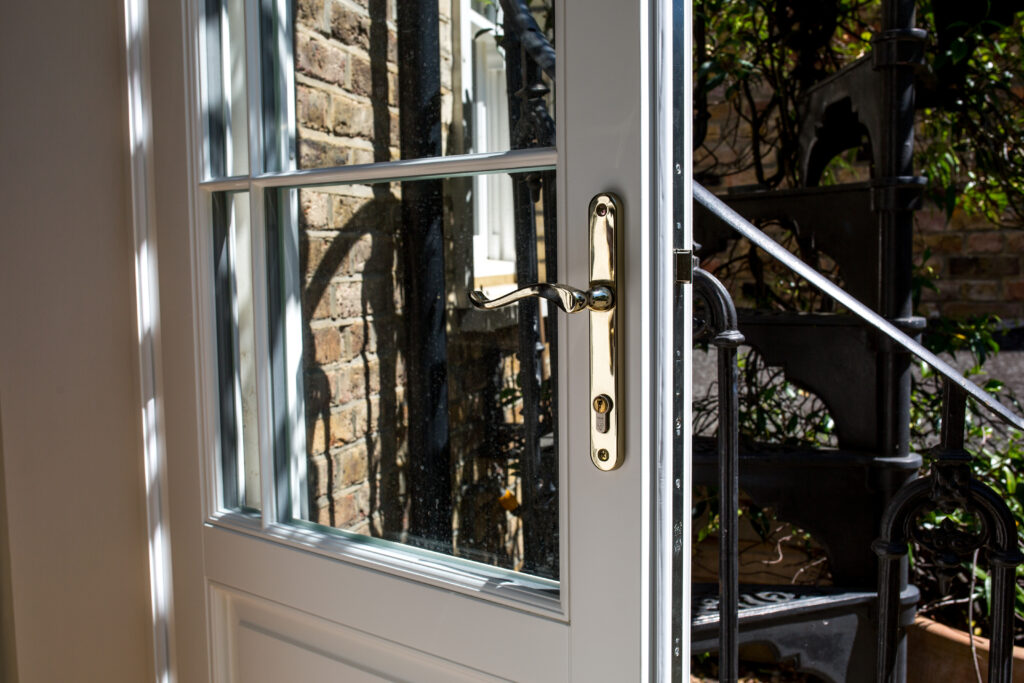
With security a top priority in London, homeowners are choosing PAS 24 and Part Q-certified windows and doors for added peace of mind.
This means:
✔ Multi-point locking systems for doors and windows
✔ Laminated security glass for extra strength
✔ Discreet modern locks that blend with period designs
At Sash Windows London, we ensure every installation meets the latest security standards without compromising on style.
Looking Ahead
London’s homes are embracing the best of heritage craftsmanship and modern efficiency.
Whether it’s replacing sash windows, adding secondary glazing, or choosing bespoke timber doors, 2025 is all about timeless design with contemporary performance.
Need help preparing your home for the years ahead?
